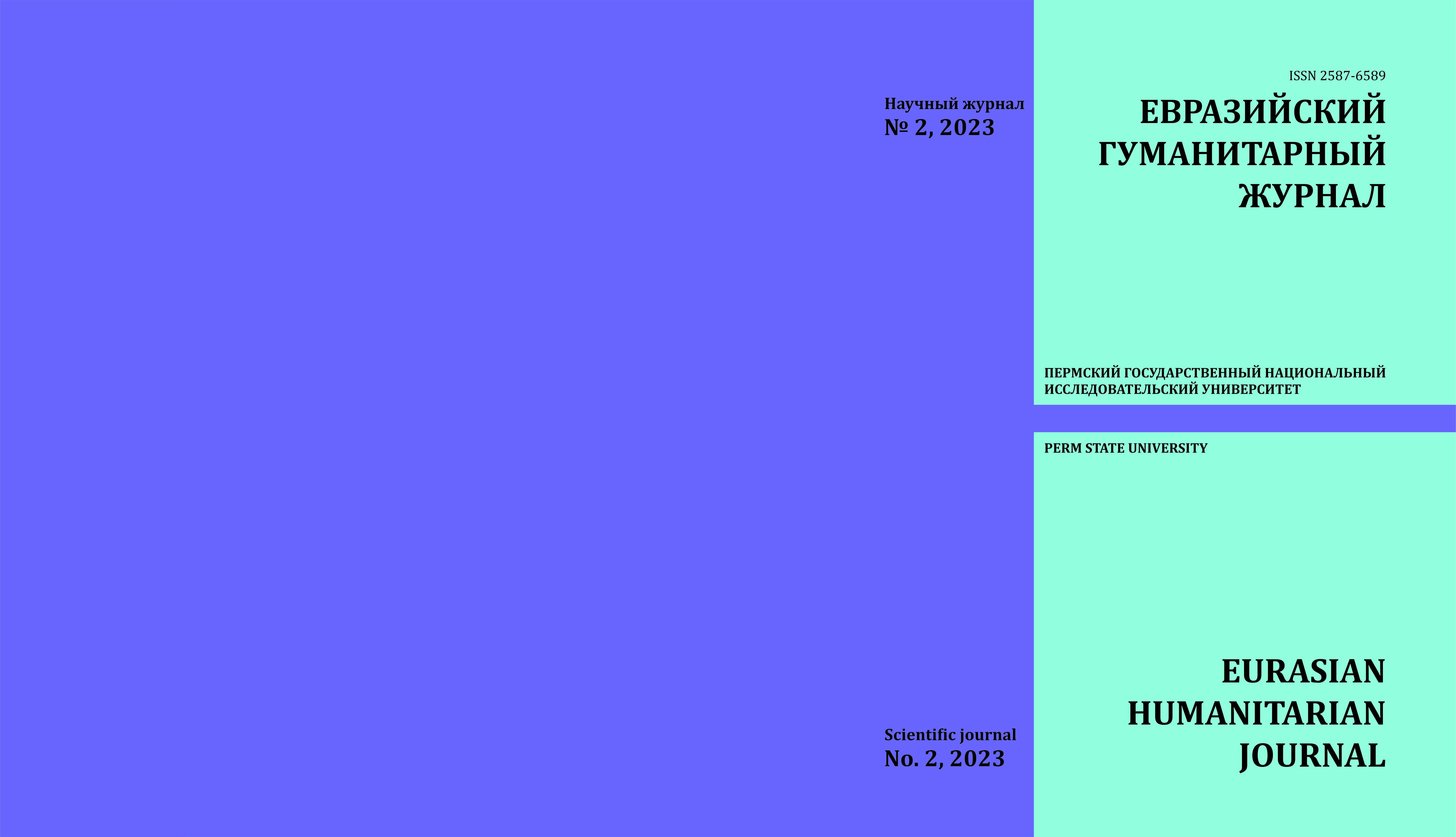TRANSLATION STRATEGIES AND CULTURAL DIFFERENCES (BY THE MATERIAL OF THE CHINESE LANGUAGE)
Keywords:
Chinese, Russian, national and cultural differences, methods of translation strategy, cultureAbstract
From the point of view of cultural studies, translation discourse is a complex process of combining various national cultural spheres (in our case, radically different – Chinese and Russian), which requires special attention to the interpretation of not only the units of the text, but its content as a whole. This article examines the impact of differences between Chinese and Russian cultures on translation and translation strategies. The importance of this factor for the translation discourse in the analysis of texts and contextual structures of the Chinese language today is undoubtedly due to the increased interest of Russian researchers in modern and classical literature of China, as well as the need to determine the degree of reliability of the sources used in research works. The aim of the article is to analyse translation equivalence as the main indicator of the degree of adequacy of the resulting text to the primary text. The authors reveal the national-cultural and natural differences between the two languages, as well as their methods of translation, considering the cultural differences of the two countries,which have a significant impact on the quality of translation. The use of complex translation transformation explication makes it possible to explain the meanings of words in the original text on the example of dragon and bamboo images, which are traditional and typical for Chinese culture. The semantic meaning and interpretation of these images allow us to see the diversity of contexts translation discourse. The main findings of the study concretise the differences and similarities of the semantic associations of the two languages. Such an approach will help to better understand the linguistic features of the cultures of both countries.Downloads
Published
2023-06-30
Issue
Section
ПЕРЕВОДОВЕДЕНИЕ

